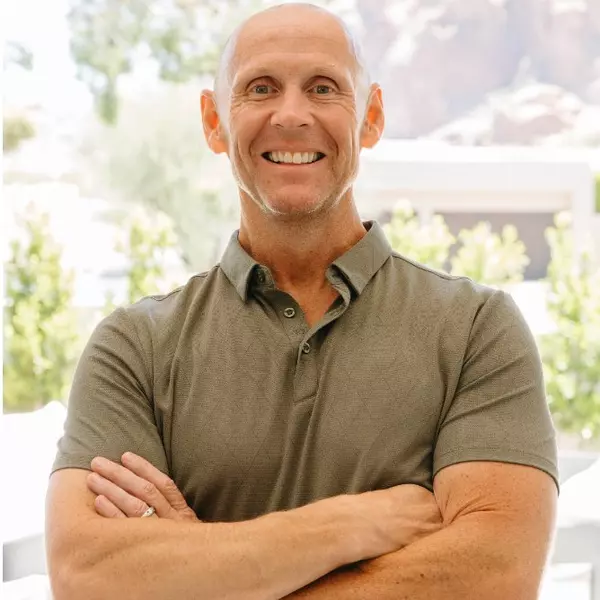Shawn Waterman
From Firefighter to Fire Inspector to Realtor: A Story of Survival, Service, and Starting
Over
The moment I stepped off the plane in March 2003, I felt it—Arizona was home. My wife and I
were living in West Virginia at the time, but I had grown up in Upstate New York, where winters
were long, cold, and gray. That March day in Phoenix? It was 80 degrees and sunny. A desert
breeze. Blue skies. We hiked Usery Mountain, and as we sat on the summit overlooking a green
valley bursting with life after winter rains, I turned to her and said, “Let’s move here.”
By October 2003, we had sold our first home, packed up everything into a 16-foot Penske truck,
strapped her Ford Escort to a trailer, and drove west without jobs—but full of hope. What we did
have was a place to live, a little money in the bank, and a belief that we were headed toward
something better.
Back East, I had spent 12 years in the printing industry—working on titles like Time, People, and
National Geographic. But Arizona gave me the chance to rewrite my story. I wanted purpose. I
wanted to help people. Inspired by a friend who had responded to the Pentagon on 9/11, I set
out to become a firefighter.
What followed was two and a half years of grueling effort—testing across the Valley, oral
interviews, intern academies, physical training, and countless rejection letters. Finally, in 2007,
Gilbert Fire called with the words every candidate dreams of: “We’d like to invite you to our next
Fire Academy.” I had to step outside and scream—I didn’t want to wake my daughter, who
wasn’t even a year old.
The Fire Academy was the hardest thing I’ve ever done. Fourteen weeks of being pushed
to—and beyond—every limit. But I made it. I earned the badge. And not long after, I was
assigned to Station 251 near SanTan Village—my favorite firehouse in the department.
Then came November 10, 2011.
We were first on scene at a house fire. I grabbed the hose, but suddenly, something felt
wrong—like the fire was inside me, heat punching straight through my gear. My heart felt like it
was locked in a vice. I handed off the nozzle, tried to move hose, then collapsed—flat on my
face. My heart was beating over 280 times per minute. I passed out again in the bushes. I was
blue when they found me.
They called “Emergency Traffic” for a down firefighter—it was me. As my crew carried me away,
the roof collapsed behind them. I was stabilized at the hospital and cardioverted—shocked back
into rhythm. But days later, the arrhythmia returned.
I underwent my first cardiac ablation, but the doctor—running over three hours behind
schedule—didn’t finish the full procedure. The next morning, I suffered a TIA (Transient
Ischemic Attack)—a mini-stroke. My speech dissolved into gibberish, and neon squiggles
danced across my vision. I was rushed to the neurologic


